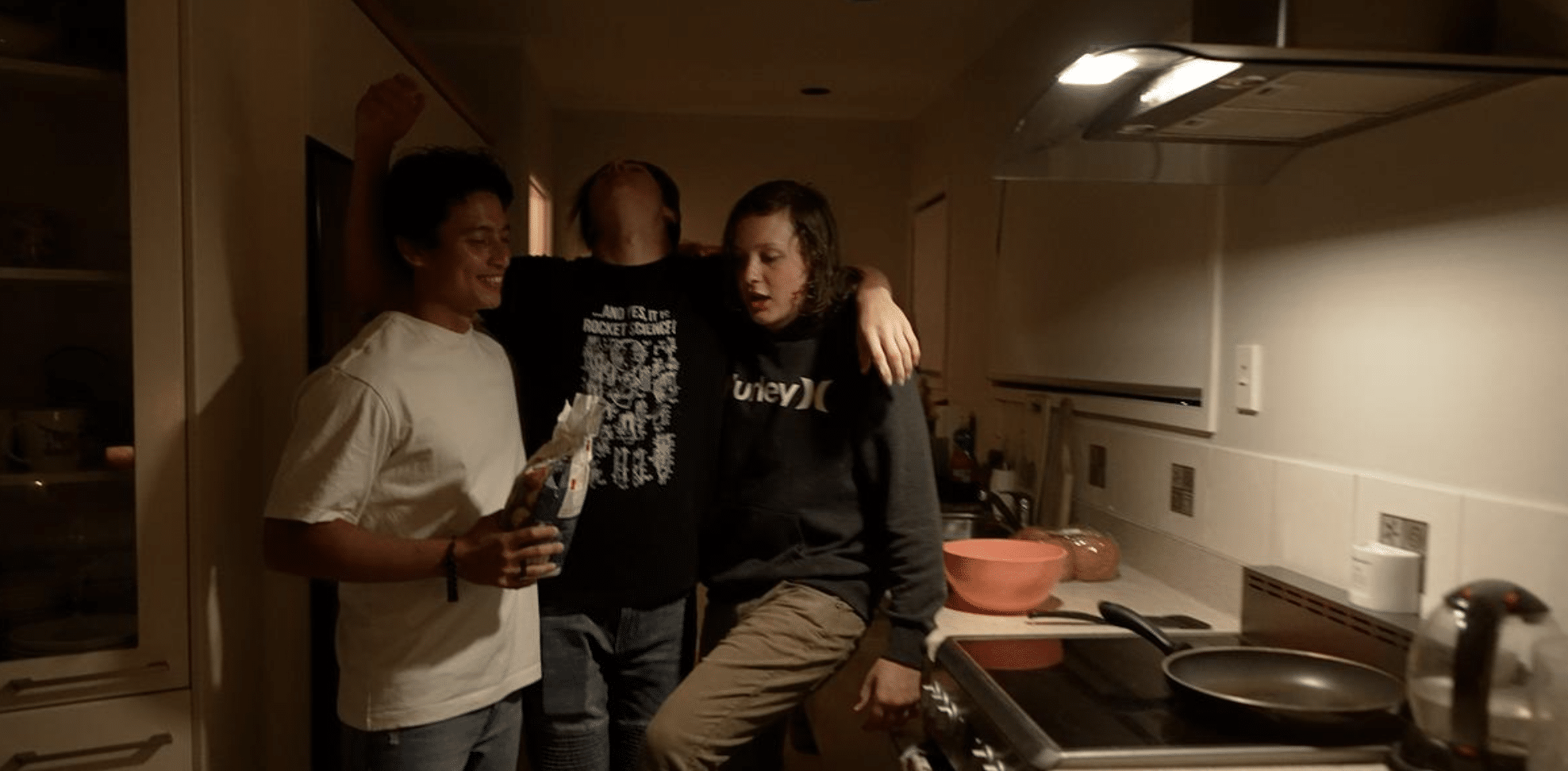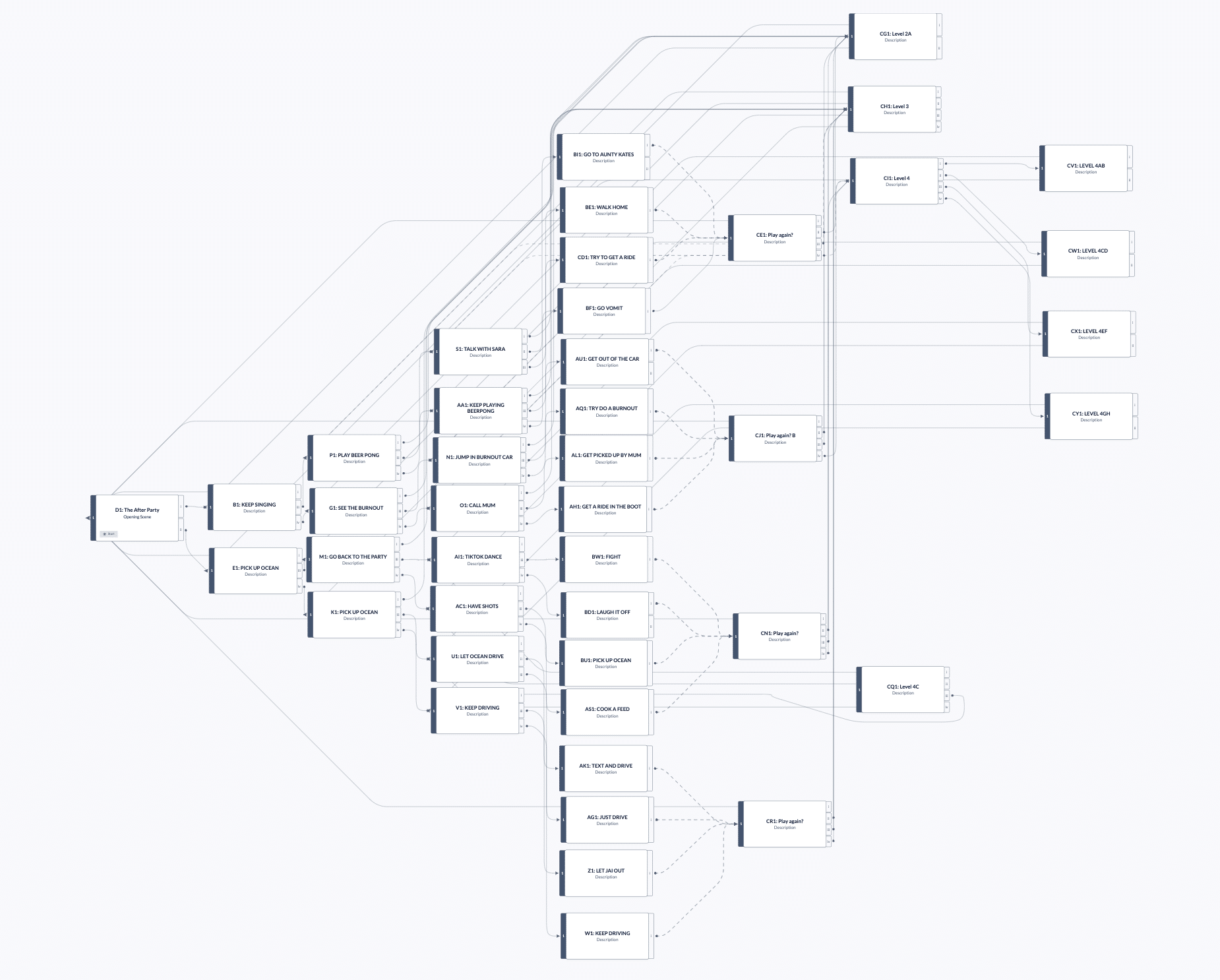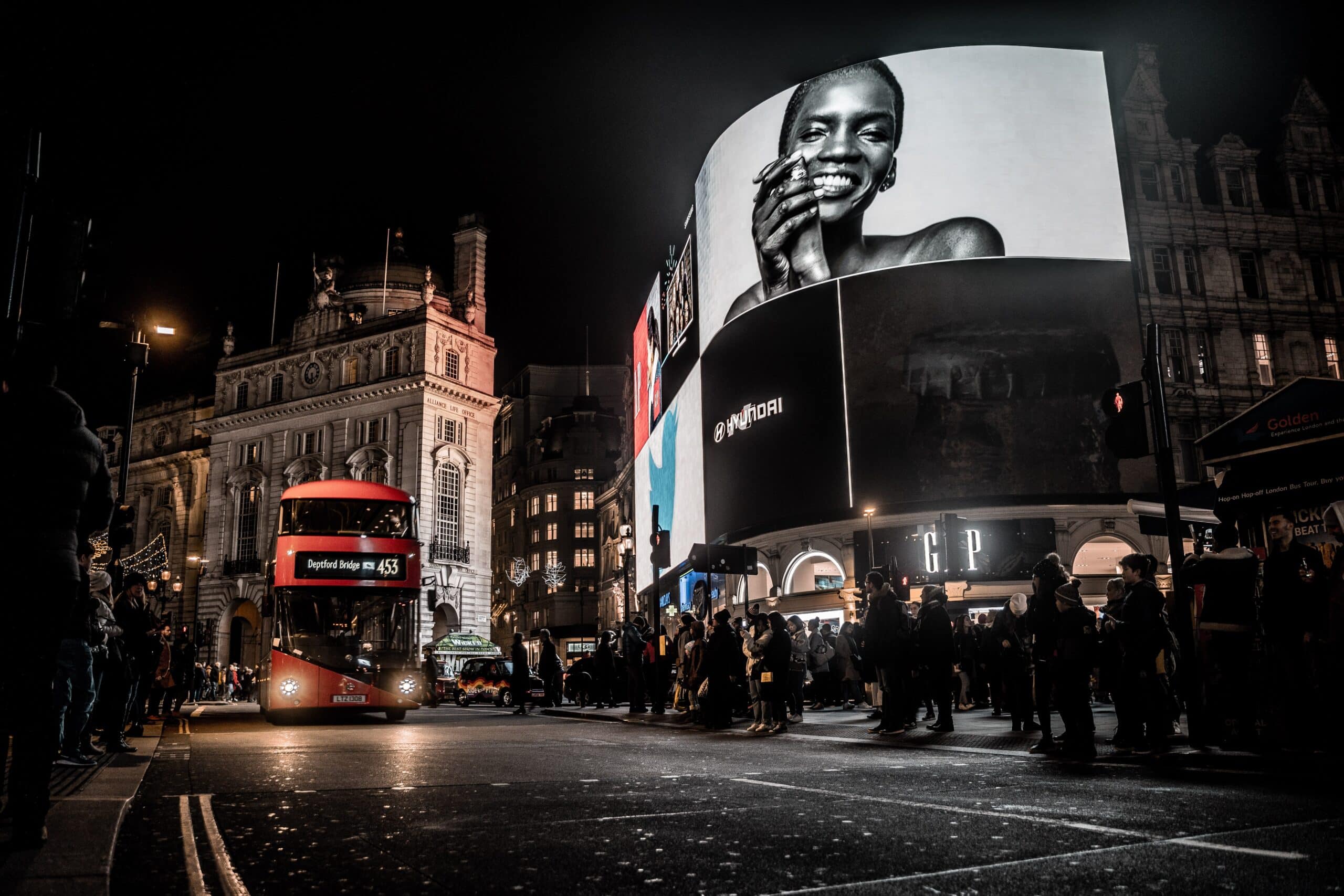by Kate Moody | September 2023
Interactivity is fast becoming the favoured method to increase engagement in marketing campaigns, with 79% of marketers recognising the high potential for reusing interactive content, leading to a recurring audience (Marketsplash, 2023). Brands such as Airbnb, Spotify, and IBM are among those realising its benefits and harnessing this new step into the interactive and immersive era.
The purpose of a social awareness campaign is to sell ideas. To enact change in behaviour or attitude. Engagement in these ideas is pivotal. What is being shown time and time again is that interactivity increases engagement. So making social awareness campaign interactive is the natural step.
Kaitiaki o Ara/SADD (Students Against Dangerous Driving) are an organisation who have been taking their social awareness campaigning to the next level, using interactivity. “The After Party” is a brand new resource designed to give young people an opportunity to explore how different decisions can lead to a wide range of outcomes – including both positive and negative consequences.

How interactivity is giving weight to awareness campaigns
Students Against Dangerous Driving (SADD) were aiming to engage with their young audience in a new way, looking to educate them on the risks of dangerous driving.
The campaign was aiming to combat and reduce the number of young people (referred to as “rangatahi” in Māori) across New Zealand who normalise drink-driving.
Worldwide, of the estimated 1.25 million annual road deaths, 273,000 are thought to have involved at least one drunk driver (JMW). Global drinks brand, Diageo, created a drink-driving interactive awareness campaign also using Stornaway. You can read about it here: The Wrong Side of Road.
Looking to a new way to engage with a wider youth audience, SADD turned to Stornaway. Stornaway’s unique interactivity features allow the viewer to be placed in the shoes of the young person protagonist. The viewer is in charge of making decisions surrounding their evening with their friends. It is an interactive video that encompasses 4 levels of decisions that are all in the hands of the viewer.
“Our interactive video was specifically designed for rangatahi [young people] so they can experience something close to a realistic situation around driving (breaching licence conditions for example), whilst weaving in factors like speeding, restraints, impairment, distractions that impact the ability to drive safely.” -Students Against Dangerous Driving
Using unique interactivity features in Stornaway
By using Stornaway, the team at SADD was able to create an interactive video that would engage their viewers. Making their social awareness campaign interactive meant that viewers would have control of the outcome of the situation. They used many of Stornaway’s unique features to fully customise each viewer’s experience with the campaign.
Using game logic to create different viewings
The either/or feature allowed them to ensure that each session was unique and truly based on the section of the project that the viewer had just seen.
This feature is very effective when you want the viewer to have the option to see lots of videos but in an order that makes sense for the choices that they’ve made.
Mapping, planning and testing interactive videos
Stornaway’s intuitive drag-and-drop editor allowed SADD to create an expansive map to test out their various interactive ‘journeys’ on the Stornaway map. This feature allowed the team to keep track of each scene, as well as granting them the ability to playtest all of the scenarios.
Stornaway is the only software that lets teams map, plan and test interactive videos and immersive experiences in a way that bridges video and games and keeps viewers watching.

Getting the data that makes the difference to your interactive social awareness campaign with Stornaway analytics
The team at SADD were also able to track how the project was interacted with, by using Stornaway analytics. By gathering this data, SADD are now well-equipped with information regarding watch time and selected choices. This information can be crucial for shaping extra social campaigns in the future.
The Stornaway analytics feature allows you to immediately see the key information for each project – how many times it has been watched, how long it has been watched for and which choices and paths have been taken.
Another campaign that caught our eye: “Say maaate to a mate”, from the Mayor of London
A great campaign also utilising the effectiveness of interactivity is “Say maaate to a mate” by the Mayor of London, under their “Have a word” campaign. This campaign tackles how to deal with casual comments of violence and abuse against women.
The campaign has a target demographic of young men, equipping them with an easy and non-confrontational way to tackle these comments and educate their friends.
“How long will it take you to step in? Violence against women and girls starts with words. Watch this interactive scene of a group of friends hanging out and click the ‘Maaate’ button when you think it’s time to call out their behaviour.”
The campaign was launched in 2022 by the Mayor of London, Sadiq Khan, calling on men to reflect on our own attitudes and to say something when our friends behave inappropriately towards women.
Sadiq Khan’s offices partnered with Ogilvy UK on the project which has 270 possible narratives depending on at what point the viewer clicks the ‘mate’ button, which resembles the ‘skip ad’.
Adding interactivity to this social campaign meant that viewers had their own personalised experience, as well as feeling immersed in the scenario. If a viewer clicked too late, they’d be shown a screen advising them to step in earlier, and vice versa if they clicked too early.
Making social awareness campaigns interactive is the way forward
Adding interactivity to social campaign videos creates a whole new level of immersion. This level of engagement can be especially effective in social campaigns, where you need the viewer to come into action to play their part in creating societal change.
Viewers’ actions are questioned, prompting self-reflection away from the campaign, allowing for the message to be appropriately ingrained and engaged with by the viewers.

